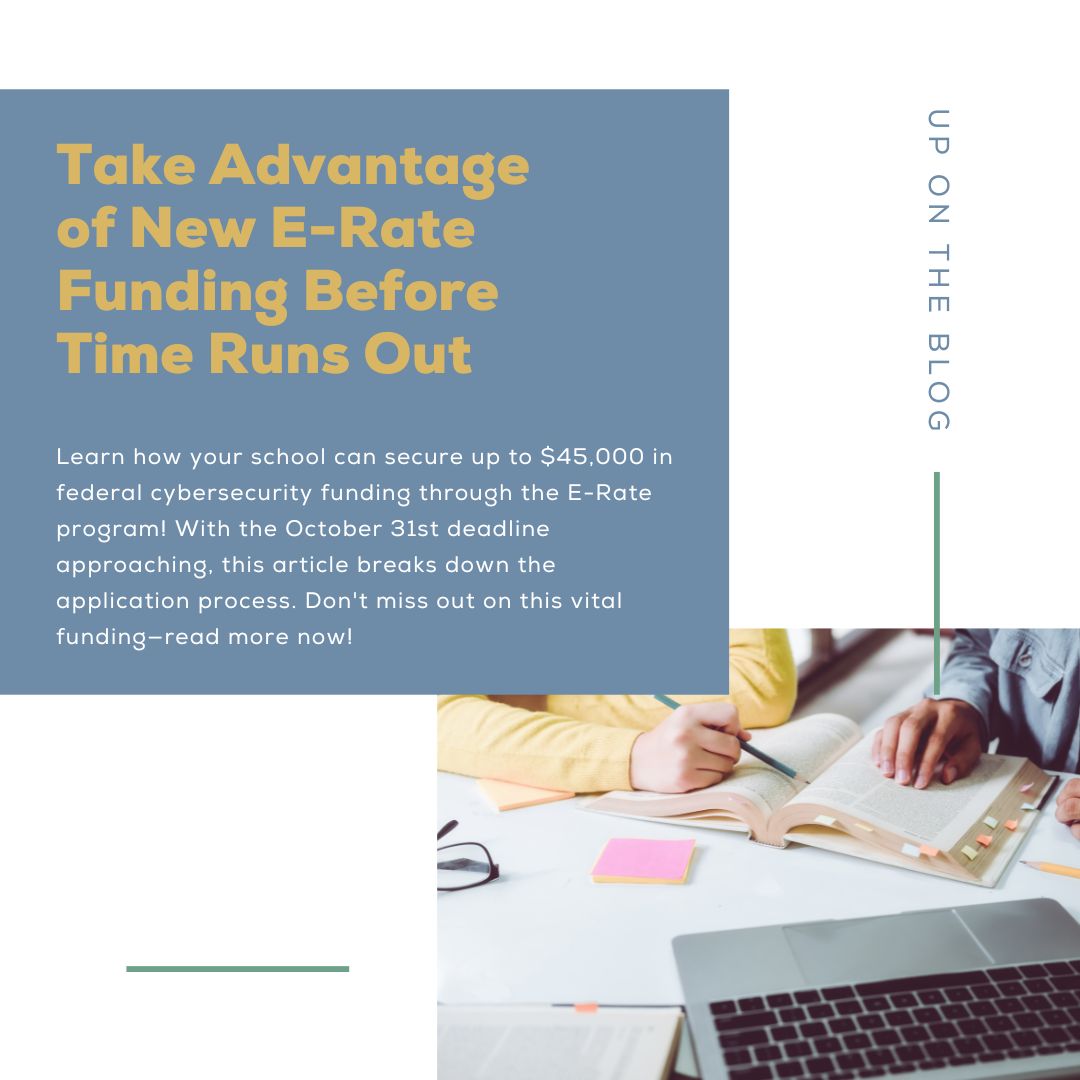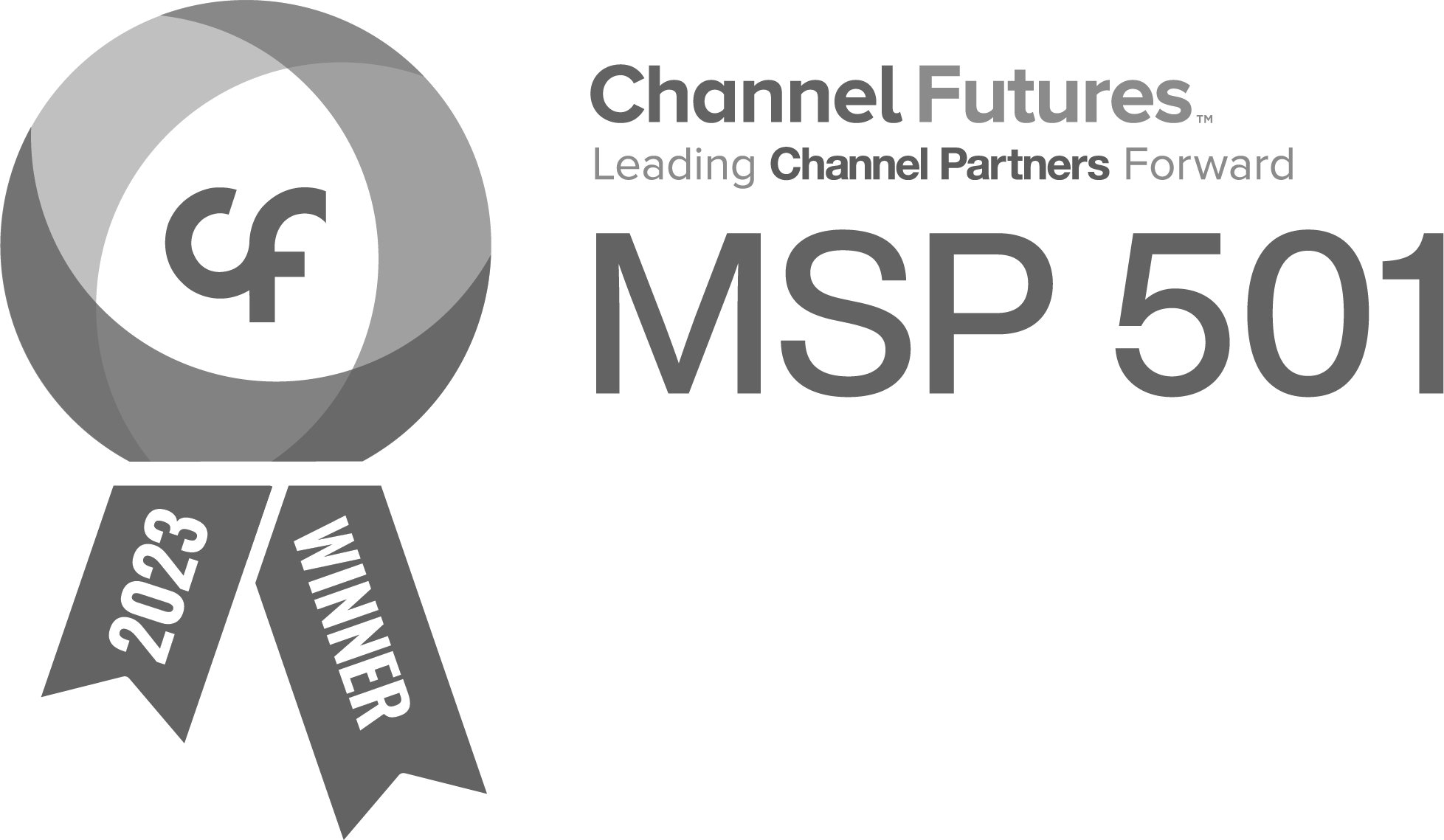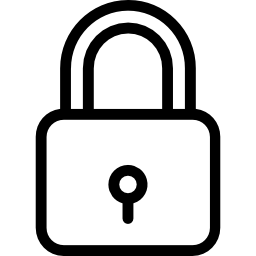October is not just about pumpkin spice lattes and falling leaves; it’s also the time to raise awareness about cybersecurity. Cybersecurity Awareness Month reminds us of the critical importance of protecting our digital lives. In this blog post, we’ll explore some common cybersecurity threats to K-12 schools, including ransomware attacks, data breaches, and the role of multi-factor authentication (MFA). Moreover, we’ll discuss how schools like yours can proactively safeguard themselves against these threats and create a resilient cybersecurity strategy.
Understanding Common Cybersecurity Threats
- Ransomware Attacks
- Ransomware is like a digital hostage situation. Attackers infiltrate a system, encrypt its data, and demand a ransom for the decryption key. This type of cybercrime has been on the rise, targeting organizations of all sizes, including K-12 schools. Ransomware attacks can lead to data loss, financial losses, and even reputational damage.
- Data Breaches
- Data breaches occur when sensitive information is exposed to unauthorized parties. These breaches can be intentional, such as hacking, or unintentional, like accidentally posting sensitive data online. For schools, data breaches can expose personal information for both students and faculty, creating privacy and legal issues.
- Multi-Factor Authentication (MFA)
- MFA adds an extra layer of security to your accounts by requiring at least two authentication methods. This process typically includes something you know— like a password— and something you have— like a smartphone. MFA is an effective way to prevent unauthorized access to systems and data.
How K-12 Schools Can Stay Diligent
- Education and Training
- The first line of defense is knowledge. Schools should educate both staff and students about the importance of cybersecurity and best practices. Regular training sessions can help everyone recognize phishing attempts, avoid suspicious links, and understand the risks of sharing personal information online.
- Strong Password Policies
- Implement strong password policies across the school’s systems. Passwords should be complex and regularly changed. Encourage the use of password managers to store and manage login credentials securely.
- Regular Updates and Patch Management
- Ensure that all software, including operating systems and applications, is up-to-date with the latest security patches. Cybercriminals often exploit vulnerabilities in outdated software.
- Network Security
- Invest in robust network security measures, such as firewalls and intrusion detection systems. Regularly monitor network traffic for unusual activity that could signal a cyberattack.
- Data Encryption
- Encrypt sensitive data to protect it from prying eyes, even if unauthorized parties gain access to your systems. Encryption ensures that even if data is stolen, it remains unreadable without the decryption key.
- Implement Multi-Factor Authentication (MFA)
- MFA should be adopted for accessing sensitive systems and data. This extra layer of security can prevent unauthorized access, even if someone has obtained login credentials.
- Incident Response Plan
- Develop a comprehensive incident response plan. This plan should outline how the school will respond to a cybersecurity incident, including steps for containment, mitigation, and recovery.
- Regular Backups
- Regularly backup critical data and ensure that backups are stored securely and are easily recoverable. This practice can mitigate the impact of a ransomware attack.
- Keep Parents and Guardians Informed
- Communication is key. Keep parents and guardians informed about the school’s cybersecurity efforts and educate them on how to protect their children’s online presence at home.
- Collaborate with Experts
- Consider partnering with cybersecurity experts or firms specializing in K-12 school security. They can provide valuable insights and help you stay ahead of emerging threats.
Technology Lab can help. As a managed IT partner specializing in K-12 schools, we develop and implement technology solutions with a proven track record in cybersecurity. Cybersecurity threats are ever-evolving, and staying vigilant is crucial. Our well-rounded security strategy centers around upholding CIPA compliance, student data security, cybersecurity, and email security. We also provide monthly employee training on relevant risks like email phishing and ransomware so your school faculty and staff can remain diligent and help prevent threats to your school and students throughout the year, not just during Cybersecurity Awareness Month this October.
Contact Technology Lab today for a free discovery call to see how we can help your school upgrade its cybersecurity and safeguard your students, faculty, and administration.
















